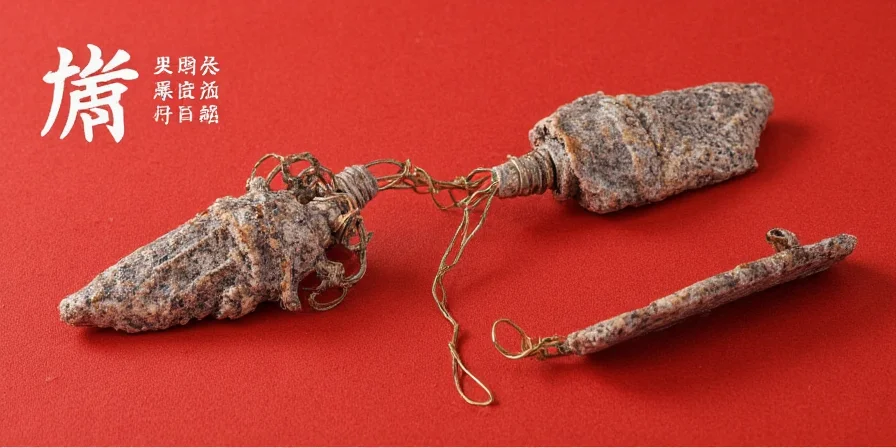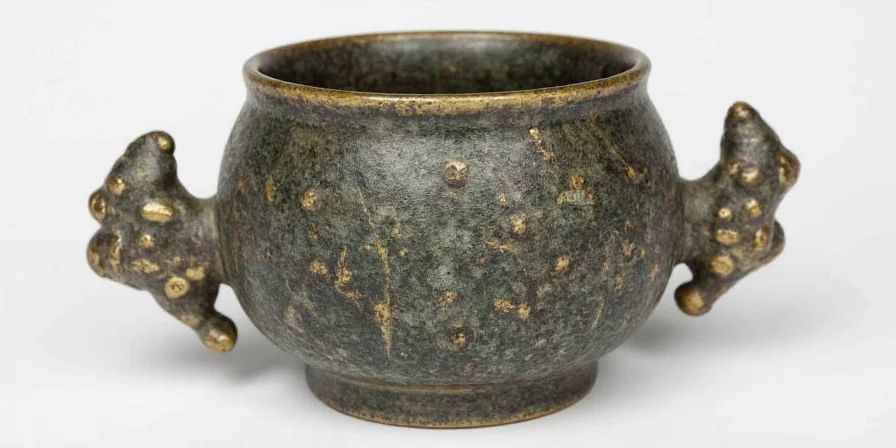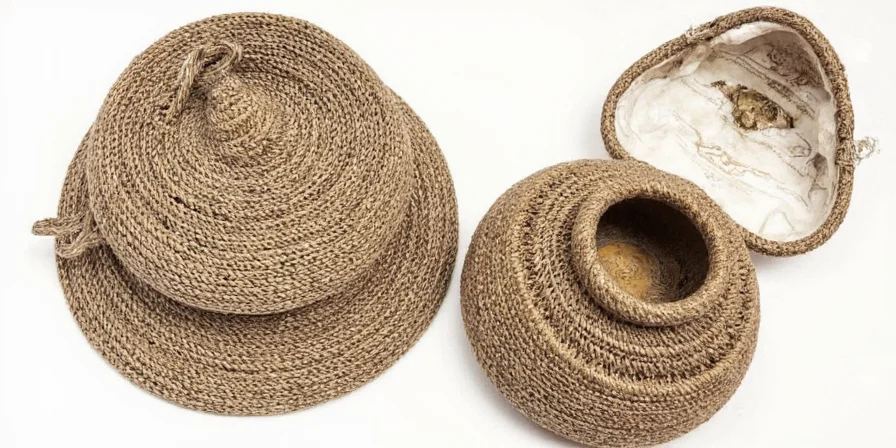Provence Herbs: The Secret Sauce of French Cuisine – 7 Must-Know Herbs and How to Use Them
Table of Contents
- Introduction to Provence Herbs
- Top 7 Provence Herbs You Need to Know
- Cooking Tips & Tricks for Using These Herbs Like a Pro
- How to Grow Your Own Provence Herb Garden
- Final Thoughts on Making the Most of Provence Flavors
Introduction to Provence Herbs
If you've ever tasted a dish from southern France and thought, "What is that magical blend of flavors?", chances are it was seasoned with Provence herbs. This aromatic group of herbs originates from the sun-drenched region of Provence in southeastern France. Known for its rustic charm and culinary heritage, Provence has gifted the world a unique herbal combination that’s both earthy and fragrant.

The beautiful landscapes of Provence, where these herbs naturally thrive.
Whether you're a professional chef or an enthusiastic home cook, understanding the basics of Provence herbs can elevate your dishes from average to extraordinary. Let's dive into the essentials and learn how to use them like a pro!
Top 7 Provence Herbs You Need to Know
While many herbs grow in the Mediterranean climate, a few have become synonymous with Provence cuisine. Here’s a list of the most iconic ones:
- Thyme (Thym) – Earthy, minty, and slightly floral
- Rosemary (Romarin) – Woody, pine-like aroma
- Basil (Basilic) – Sweet, peppery, and bright green
- Oregano (Origan) – Strong, pungent, and bold
- Marjoram (Majorelle) – Softer, sweeter version of oregano
- Savory (Sarriette) – Peppery, with hints of thyme and mint
- Lavender (Lavande) – Floral and fragrant; used sparingly
| Herb | Flavor Profile | Best Used In |
|---|---|---|
| Thyme | Earthy, minty, floral | Stews, roasted meats, tomato sauces |
| Rosemary | Woody, pine-like | Roasted potatoes, lamb, bread |
| Basil | Sweet, peppery | Pesto, pasta, fresh salads |
| Oregano | Strong, spicy | Pizza, tomato-based dishes, grilled veggies |
| Marjoram | Softer, sweet oregano | Egg dishes, soups, mild cheeses |
| Savory | Peppery, thyme-mint mix | Bean dishes, poultry, herb blends |
| Lavender | Floral, perfumey | Desserts, teas, dry rubs |

A vibrant herb garden filled with thyme, rosemary, and lavender – the stars of Provence cooking.
Cooking Tips & Tricks for Using These Herbs Like a Pro
Now that you know which herbs are part of the classic Provence line-up, let’s talk about how to use them effectively in the kitchen. Whether you’re using fresh or dried, each herb has its own personality and best-use cases.
- Use fresh herbs for delicate dishes: Basil, marjoram, and savory lose their flavor quickly when cooked for too long, so add them at the end or use them raw in dressings and garnishes.
- Dried herbs work well in hearty recipes: Thyme, oregano, and rosemary hold up beautifully in stews, braises, and slow-cooked dishes. Just remember to crush them before adding to release their oils.
- Create your own herbes de Provence blend: Combine equal parts thyme, rosemary, oregano, and marjoram. Add a pinch of lavender for that signature floral note (but go easy on it!).
- Pair with olive oil and garlic: These two ingredients are the perfect companions for Provence herbs. Use them as a base for sautéing or drizzle over finished dishes.
- Infuse vinegars and oils: Make your own flavored oils or vinegars by steeping rosemary, thyme, or basil in olive oil or white wine vinegar. Great for salad dressings or marinades!

Infusing olive oil with Provence herbs adds a gourmet touch to any pantry staple.
How to Grow Your Own Provence Herb Garden
Want to bring a bit of the south of France into your backyard or kitchen window? Growing your own Provence herbs is easier than you might think!
- Choose the right location: Most Provence herbs love full sun and well-draining soil. They’re drought-resistant, so don’t overwater them.
- Plant in pots or raised beds: Rosemary and thyme don’t like wet feet, so planting in containers or elevated beds helps prevent root rot.
- Prune regularly: Regular trimming encourages bushier growth and prevents leggy stems, especially for rosemary and lavender.
- Harvest smartly: Pick leaves in the morning after the dew has dried but before the heat of the day sets in. This is when their essential oils are strongest.
- Overwinter carefully: If you live in a colder climate, bring tender herbs like basil indoors during winter or grow them year-round in pots near a sunny window.

A collection of Provence herbs growing happily in small pots—perfect for apartment dwellers!
Final Thoughts on Making the Most of Provence Flavors
Provence herbs are more than just a seasoning—they’re a lifestyle, a tradition, and a delicious way to connect with one of the most celebrated culinary regions in the world. Whether you're whipping up a rustic stew, grilling vegetables, or simply making a batch of focaccia, these herbs bring depth, aroma, and character to every bite.
So next time you reach for your spice rack, skip the generic “Italian seasoning” and grab a handful of real Provence power instead. With a little knowledge and some fresh picks from your garden or market, you’ll be cooking like a true Provençal chef in no time!

A classic French dish bursting with the flavors of thyme, rosemary, and garlic.











 浙公网安备
33010002000092号
浙公网安备
33010002000092号 浙B2-20120091-4
浙B2-20120091-4